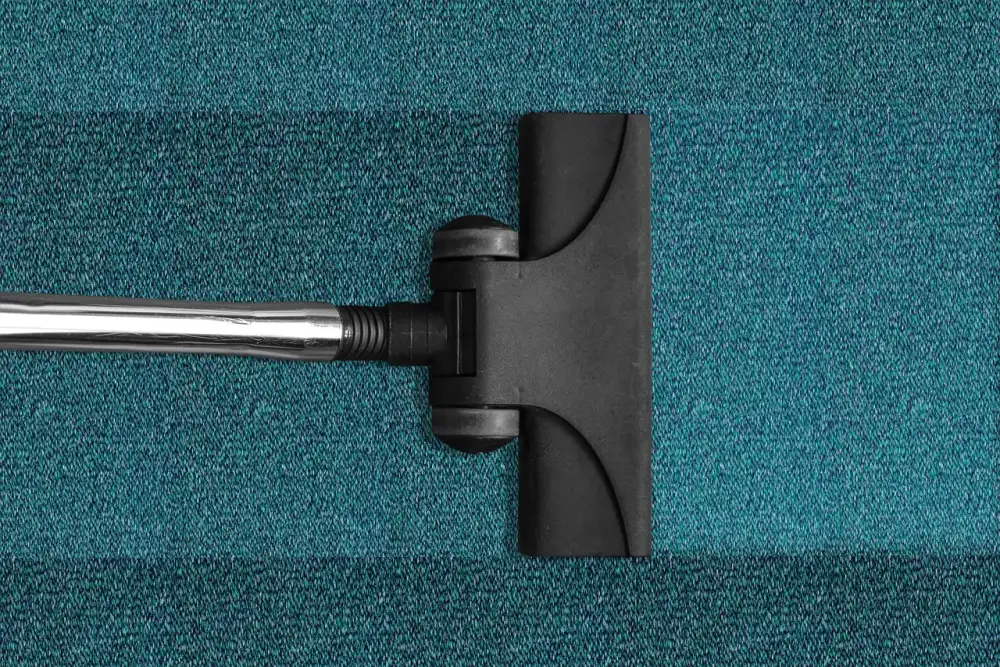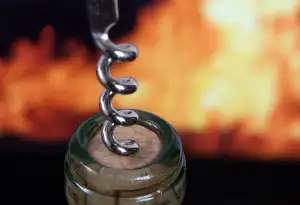Revive Your Cast Iron Skillet: Simple Steps to Clean Rust from Your Home Cookware

A cast iron skillet is a prized possession in any kitchen, but over time, it can develop rust. Don't worry! With a little effort, you can easily restore your skillet to its former glory. In this article, we will guide you through the simple steps to clean rust from your home cookware. By following these techniques, you'll be able to revive your cast iron skillet and continue enjoying its excellent cooking properties for years to come. So let's get started on bringing back the shine to your beloved kitchen companion!
Gather necessary supplies for rust removal
To effectively remove rust from your cast iron skillet, it is important to gather the necessary supplies beforehand. Here are the items you will need:
1. Coarse salt or baking soda: These gentle abrasives will help scrub away the rust without damaging the skillet's surface.
2. Steel wool or a stiff brush: Choose a medium-grade steel wool or brush to effectively remove the rust.
3. White vinegar or lemon juice: These acidic liquids work wonders in breaking down stubborn rust stains.
4. Paper towels or clean cloth: These will be used to wipe away any residue during the cleaning process.
5. Vegetable oil or shortening: After removing the rust, you'll need oil to restore and maintain the skillet's seasoning.
By having these supplies ready, you'll be well-prepared to tackle the task of cleaning your rusty cast iron skillet and bringing it back to its former glory.
Preparing the cast iron skillet for cleaning
Before you begin the process of cleaning your rusty cast iron skillet, it is important to properly prepare it. Start by removing any food residue or debris from the skillet. Use a stiff brush or scrubbing pad to scrub away any loose particles. If there are stubborn bits stuck to the surface, you can use a plastic scraper to gently scrape them off.
Next, rinse the skillet with warm water to remove any remaining dirt or grease. Avoid using soap at this stage as it can strip away the seasoning of the skillet. Once rinsed, dry the skillet thoroughly with a clean towel or paper towels.
After drying, place the skillet on a stovetop burner set to low heat for a few minutes. This will help evaporate any remaining moisture and ensure that the skillet is completely dry. Once heated, turn off the burner and let the skillet cool down before proceeding with the rust removal process.
By properly preparing your cast iron skillet, you are ensuring that it is ready for effective rust removal and restoration.
Scrubbing away the rust with a gentle abrasive
To scrub away the rust from your cast iron skillet, you will need a gentle abrasive. One option is to use a mixture of coarse salt and vegetable oil. Sprinkle a generous amount of salt onto the skillet and then pour a small amount of oil over it. Using a paper towel or cloth, scrub the surface of the skillet in circular motions, applying gentle pressure. The salt will act as an abrasive while the oil helps to loosen and lift the rust. Continue scrubbing until you have removed all visible rust from the skillet. Rinse with warm water and dry thoroughly before moving on to the next step in the cleaning process.
Removing stubborn rust with vinegar or lemon juice
Removing stubborn rust from your cast iron skillet can be a bit more challenging, but fear not! There are natural remedies that can effectively tackle the toughest rust stains. One option is to use vinegar or lemon juice. These acidic substances work wonders in breaking down rust and restoring the skillet's shine. Simply soak a cloth or sponge in vinegar or lemon juice and apply it directly to the rusty areas. Let it sit for a few minutes, then scrub away the rust with a gentle brush or scrub pad. Rinse thoroughly and dry immediately to prevent any further rusting. Remember, patience is key when dealing with stubborn rust stains, so don't be afraid to repeat this process if necessary.
Restoring the skillet's seasoning after rust removal
Restoring the skillet's seasoning after rust removal is crucial to ensure its longevity and non-stick properties. Start by thoroughly rinsing off any remaining rust residue and drying the skillet completely. Next, apply a thin layer of vegetable oil or melted shortening all over the skillet, including the handle. Place it upside down in a preheated oven at 350°F (175°C) for an hour. This process, known as seasoning, creates a protective layer that prevents future rusting and enhances the skillet's natural non-stick surface. Remember to repeat this seasoning process regularly to maintain your skillet's optimal performance.
Proper maintenance to prevent future rusting
Proper maintenance is key to preventing future rusting on your cast iron skillet. After each use, make sure to clean it thoroughly with warm water and a gentle brush or sponge. Avoid using soap as it can strip away the seasoning. Once cleaned, dry the skillet completely to prevent any moisture from lingering and causing rust.
To further protect your skillet, apply a thin layer of oil after each use. This will help create a barrier against moisture and keep the skillet seasoned. You can use vegetable oil, canola oil, or even flaxseed oil for this purpose.
Storing your cast iron skillet properly is also important in preventing rust. Make sure it is completely dry before storing it in a cool, dry place. Avoid stacking other cookware on top of it as this can cause scratches and damage the seasoning.
If you notice any signs of rust starting to develop, address it immediately using the steps mentioned earlier. Regularly inspecting your skillet for any signs of rust will help catch it early and prevent further damage.
By following these simple maintenance tips, you can enjoy a clean and rust-free cast iron skillet for years to come.
In conclusion, cleaning and removing rust from your cast iron skillet is a simple process that can revive your cookware and ensure its longevity. By following the steps outlined in this article, you can easily restore your skillet to its former glory.
To maintain a clean and rust-free cast iron skillet, remember to dry it thoroughly after each use to prevent moisture buildup. Apply a thin layer of oil or seasoning after cleaning to protect the surface. Avoid using harsh detergents or metal scrubbers that can strip away the seasoning.
Additionally, store your skillet in a dry place with good air circulation to prevent any moisture from accumulating. If you notice any signs of rust starting to form, address it immediately before it becomes more difficult to remove.
By taking proper care of your cast iron skillet, you can enjoy its cooking benefits for years to come. Happy cooking!
Published: 20. 12. 2023
Category: Home



